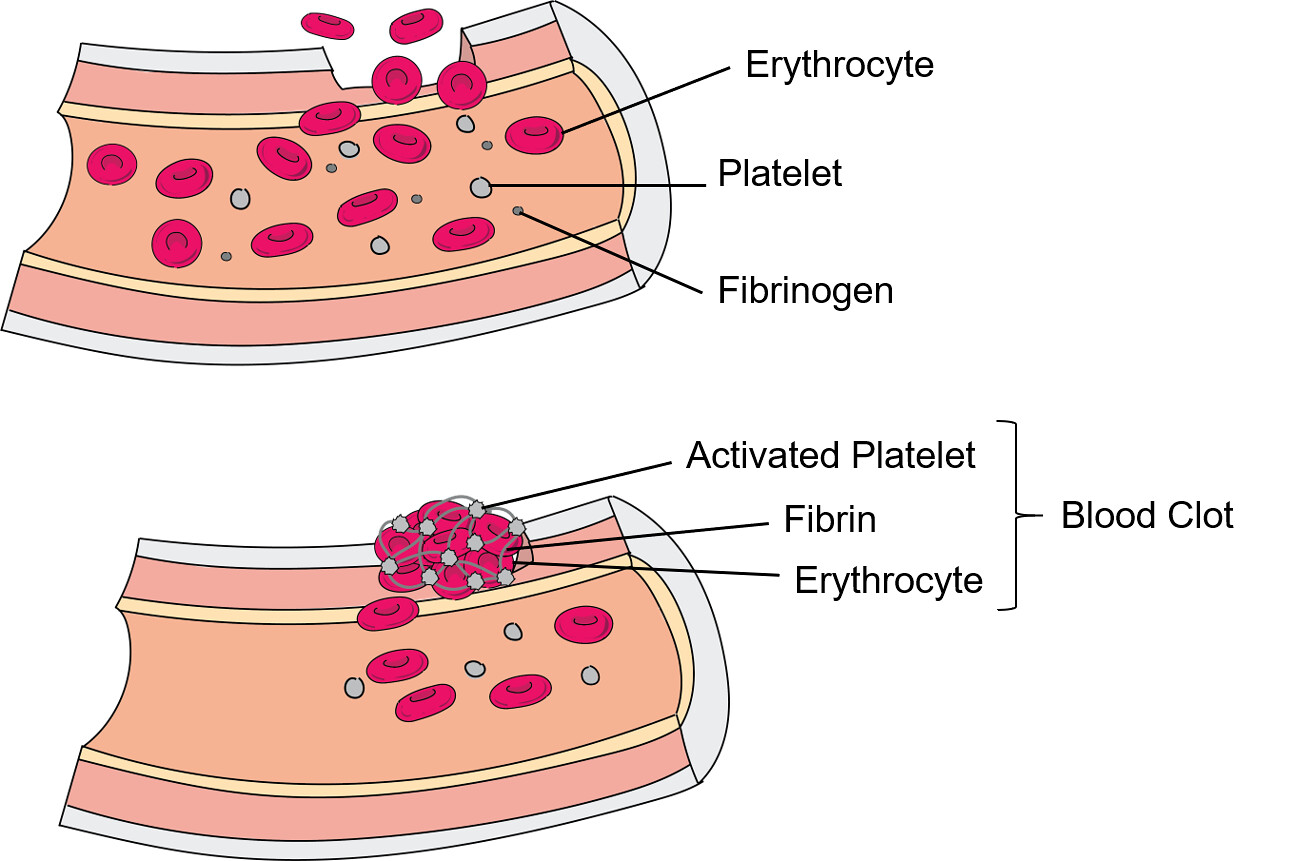-As learned in AP Biology, the virus that causes COVID-19 is the SARS-CoV-2 virus. It has spike proteins attached to it that bind to the ACE2 receptors on our healthy cells which allow the virus to fuse with them. The viral envelope attaches to the membranes of our cells and then releases its genetic information to the inside of them. Its RNA hijacks the cells and instructs its machinery to create more virus particles, causing it to further infect the body.
Shown above: SARS-CoV-2 virus with spike proteins attached.
After suffering from COVID-19, many people have experienced a condition called long COVID. Long COVID is a condition that causes either new or previously experienced symptoms from the COVID-19 virus to develop and linger for weeks, months, or even years after recovery. While scientists are constantly discovering more about the condition, they are still not completely sure what causes it. The variety of symptoms in addition to the lack of understanding regarding this topic result in the inability to properly treat the condition as a whole. Instead, doctors usually treat the symptoms individually and specifically to the patient. Some symptoms include chronic pain, shortness of breath, chest pain, intense fatigue, and brain fog. New research shows that long COVID-induced brain fog could possibly be linked to blood clots.
Data were collected from about 1840 unvaccinated adults in the UK who were hospitalized due to severe COVID symptoms. The patients provided blood samples when initially hospitalized, 6 months after hospitalization, and 1 year after hospitalization. They also completed cognitive tests and filled out questionnaires.
Blood clotting is a process that prevents uncontrolled blood loss when a blood vessel is injured. A type of blood cell called platelets combine with proteins in the plasma to form a clot over the injury. However, sometimes blood clots do not dissolve naturally or they can form when there is no injury, which can be very dangerous. Fibrinogen and D-dimer are two proteins involved in blood clotting, which were also later predicted to be linked to brain fog. Fibrinogen is created by the liver and is one of the main components in the formation of blood clots. D-dimer is a protein fragment that is released when the blood clot breaks down. People with more severe COVID cases and higher levels of fibrinogen proved to have worse memory and attention skills and overall rated their cognition more poorly on surveys. People with higher D-dimer levels also rated their cognition as poor and showed to have more trouble going back to work six to 12 months after recovery.
These proteins have already been linked to COVID-19 and fibrinogen has been linked to cognitive issues but scientists are still not completely sure how the proteins cause brain fog in long COVID. Dr. Maxime Taquet, a clinical psychiatrist at the University of Oxford, suspects that the blood clots could be blocking blood flow to the brain or directly interacting with nerve cells. Scientists wonder whether medicines used to treat blood clotting, such as blood thinners, could possibly reduce brain fog and other cognitive issues.
While I have not gotten an official diagnosis, I am very curious about long COVID because I experience many of the symptoms. I’ve had a lasting cough, brain fog, and reflux. Do you or have you ever experienced long COVID symptoms?




Leave a Reply